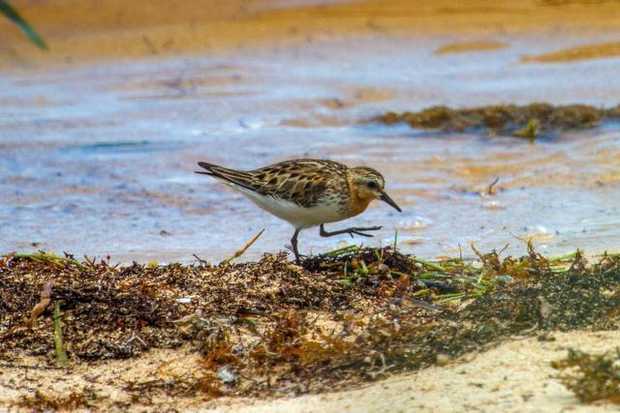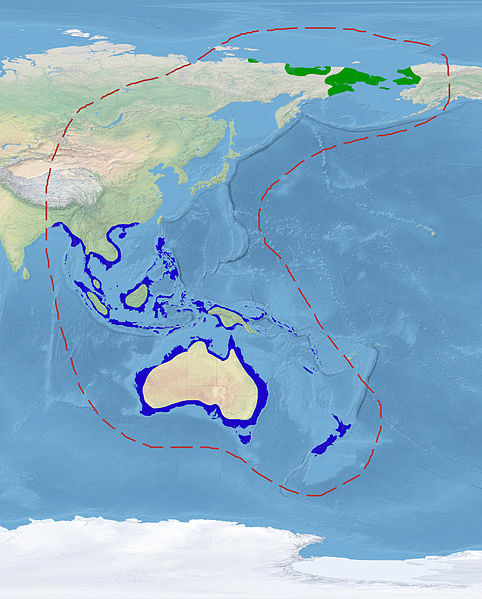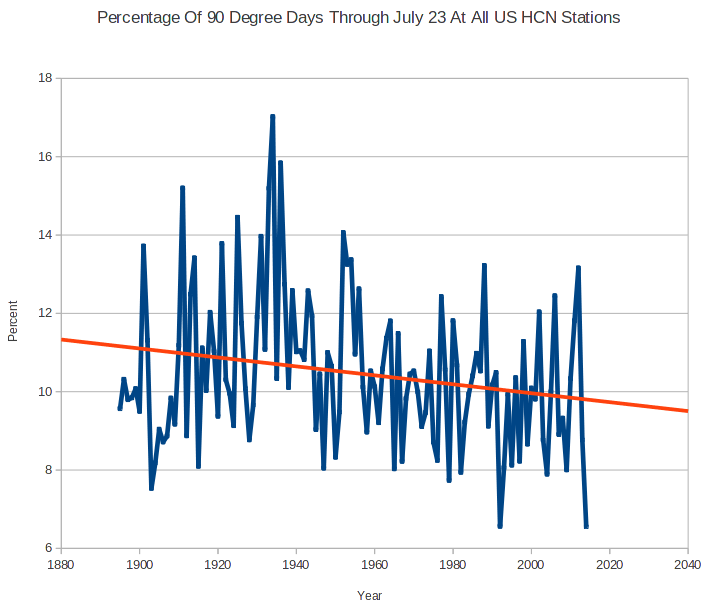
© Mark Hedden
Swedish biologist Viktor Nilsson-Ortman came to Florida to collect damselfly eggs for his post doctorate research and left last week with a discovery that turned the birding world all aflutter.
On the shoreline he spotted a red-necked stint, the first time this species has been seen and documented in the Sunshine State.
"What a great find Viktor!" was the salute on limeybirder.wordpress.com.
The red-necked stint is a tiny shorebird in the sandpiper family that
breeds in Siberian Asia and parts of western Alaska. It migrates thousands of miles to winter in east India and Taiwan south through Australia and New Zealand. In the continental Untied States, the species has been spotted along the Pacific coast and in New England and New Jersey. And in July 2012, a red-necked stint caused a big stir when one was discovered by a national wildlife refuge biologist in Kansas.

© Wikimedia CommonsThe Distribution of the Red-necked Stint
Red Broken Lines = Estimated Range
Green = Breeding Range
Blue = Wintering Range
But never before had one been seen and documented anywhere near Florida. This bird in the Keys may have remained anonymous - perhaps to be seen only by beachgoers who had no idea what type of bird it was or the magnitude of its existence here - if not for the eagle eyes and knowledge of Ortman.

